|
James DeAndressi B.S, NASM-CPT has been interning at SportPerformanceU this summer and will be today’s guest blogger. James earned his bachelor’s degree in exercise science from Southern Connecticut State University and is planning on attending school this fall to become a physical therapist assistant. Below you will find his piece on why including a proper warm is so important. It is clear based on research, observation, and comparison that a good warm up before a workout can increase the overall quality of how you spend your time in the gym. The question is however, what makes up a good warm up and why is the warm up part of the workout important? All trainers may have different opinions and different ways of training but for the most part, it is fair to say that most qualified trainers in any setting should agree with the warm up being a key part to an individual’s daily routine. At SPU we will typically start a client with soft tissue work as well as some specific dynamic warm up exercises. Soft tissue work for a client will be mainly foam rolling or simple active massage unless the trainer is certified and/or licensed as a professional health care provider. They need to be legally bound to doing some type of manual soft tissue work on a client. Foam rolling is safe, effective, and backed by research to roll out fascia to fix cross linked muscle fibers. This will in turn make the muscles fire and perform the best it can for that specific person at that specific time. Foam Rolling Techniques A good warm up needs to consist of anything we as trainers believe will have a positive impact on our client during the workout. Mobility, or in other words, the ability to move freely through a given range of motion is one component to a good warm up. Exercises to increase range of motion include ankle dorsiflexion at a wall or shoulder wall slides. Corrective exercises are another key component. These exercises will be put on a client’s program depending on the results of some type of movement analysis. Corrective exercise is a broad topic but in the simplest of terms, they are specific exercises that will be targeting some type of human movement deficiency. Examples of some corrective exercises would be Unilateral or Bilateral Internal/External Rotation of the shoulder joint or hip joint and bird dogs to increase core stability as well as to strengthen a specific deep muscle connected to the spine which can cause pain. Trainers should take note of any types of movement deficiencies during every training session in order to progress or add/subtract corrective exercises. In other words, analyzing movement should not be an afterthought but should be constantly on a trainer's mind during sessions. To learn more about SPU’s specific biomechanical analysis, read our blog which gives some detail on this topic. Dynamic exercises are another way we can prepare a client’s body for the upcoming workout. At SPU this is the final part of the warm up before going into our power, strength, speed, and conditioning blocks. According to Eric Cressey, in his book Maximum Strength “we are focusing on raising body temperature which in turn will raise muscles temperature. Lubricating muscles and joints as well as increasing mobility in key joints while enhancing stability in others in order to perform strength movements more efficiently” is also part of the equation. Some examples of dynamic exercises would be leg raises or a lateral shuffle. Trainers who understand the importance of a well-balanced exercise program will have a warm up section that is not overlooked, rushed, or inefficient. For a client’s own personal well being, I would recommend changing trainers if they did not properly warm up a client before a workout. Fitness professionals should all look at the warm up as a line of defense, if you will, for decreasing injury. As fitness professional including a solid warm up is a necessity.
0 Comments
Leave a Reply. |
Archives
July 2024
Categories
All
|
Proudly powered by Weebly

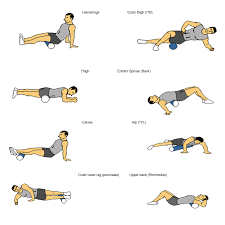
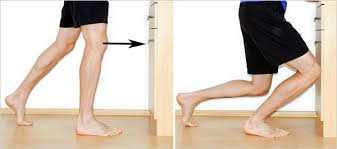

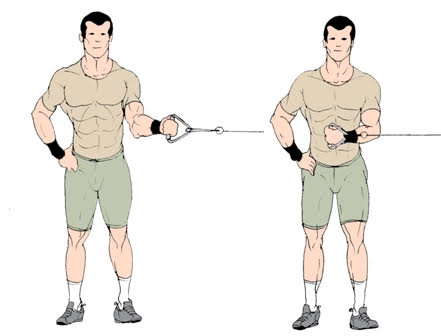
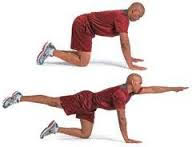
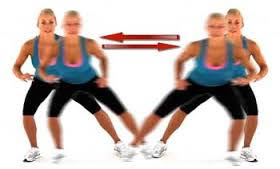
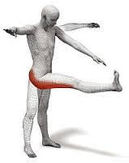
 RSS Feed
RSS Feed